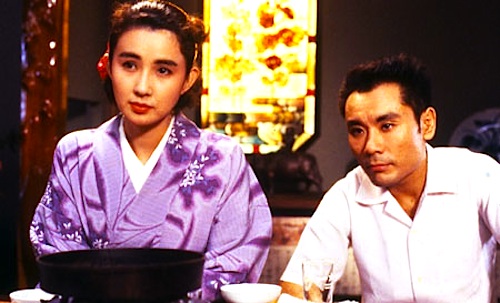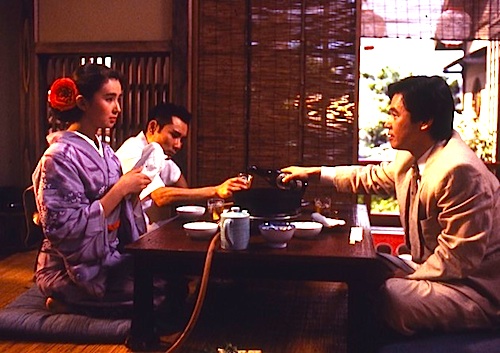By Joe Bendel. They are part of the corps, but they answer to a higher power. Chaplains necessarily navigate tricky positions in the institutional sphere, but their efforts inspire trust. As a result, their inspirational work is often inspiring—even to non-believers. Martin Doblmeier surveys the breadth of contemporary chaplaincy in the two-part, two-hour documentary Chaplains, which premieres this Monday on PBS WORLD.
When you hear “chaplains,” most people think military, prisons, and hospitals. Doblmeier has them covered, but he also includes a wider range of chaplains, including the relatively new but growing corporate chaplaincy. However, he starts with the classic military chaplain service, focusing on Rev. Paul Hurley, the senior chaplain serving in the Afghanistan theater of operations. A Catholic priest and U.S. Army colonel, Hurley oversees the rest of the chaplains attached to the U.S. military. It is dangerous duty, because they face the possibility of suicide bombers and other hazards, just like the soldiers they minister to. Of course, military chaplains have their own unique moral challenges, but Rev. Hurley has no trouble explaining how the Afghanistan conflict conforms to the Catholic Just War theory. However, he hastens to add it is not for him to decide whether it is worth fighting from a political-strategic perspective.
Frankly, the military segment is probably the high point of Chaplains, but there is still plenty of informative material to come, such as the extent of Tyson’s Foods’ commitment to corporate chaplaincy. At the time of filming, they had one hundred and twenty full and part-time chaplains on staff. You can save the jokes about giving all those chickens their last rites, because the Tyson chaplains address that issue head-on. They admit the realities of the poultry business can be difficult, which is something they try to help employees deal with.
The hospital segment captures the nobility of faith in action, but it largely fits our positive preconceptions of what chaplaincy is all about. Likewise, the prison segment is certainly well intentioned, but the sight of a prison Wiccan service could bring out a fit of rightwing snark even from Michael Moore.

On the other hand, the sequences following Billy Mauldin and the Motor Racing Outreach as the minister to the drivers, pit crews, and fans following the NASCAR circuit are a fascinating and respectful exploration of that large and growing subculture. Yet, probably the most charismatic chaplain is Rabbi Arthur Rosenberg of the Motion Picture and Television Fund’s retirement home and health services, but he ought to be, considering he was once an actor himself. (He was Kevin Bacon’s uncle in Footloose, so he is only six degrees removed from everyone else in Hollywood).
There is a lot more to chaplaincy than most viewers probably realized, but there is also the selfless commitment you would hope for, as well as considerable professional training in many cases. Although Doblmeier starts to repeat himself late in the second half, most mainstream audiences will find it highly rewarding. It is also represents unusually faith-friendly programming from PBS, which should be encouraged. Insightful and sometimes quite moving, Chaplains airs this Monday (12/7) on PBS WORLD.
LFM GRADE: B+
Posted on December 4th, 2015 at 10:51am.






